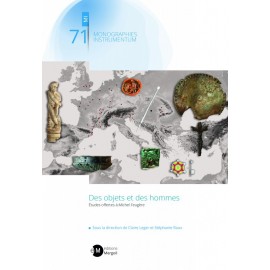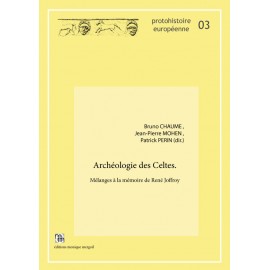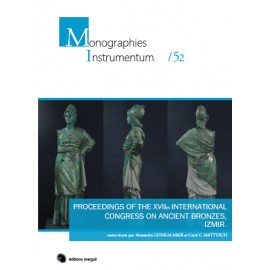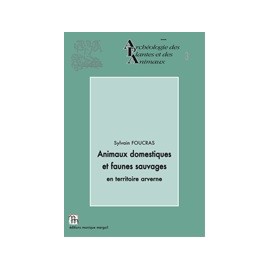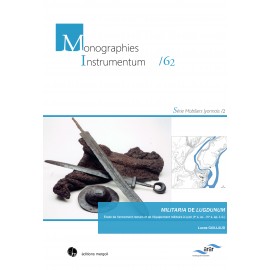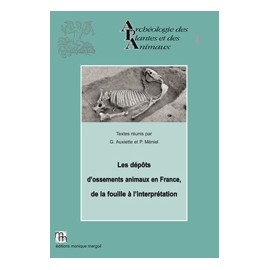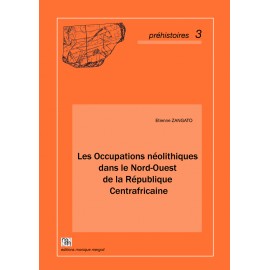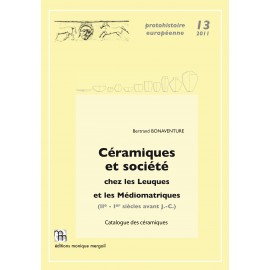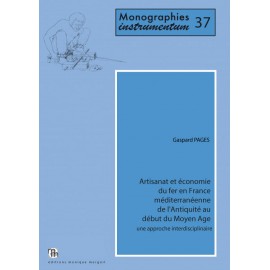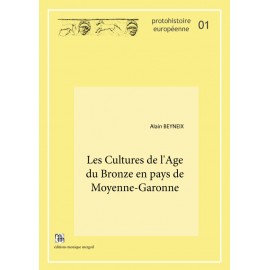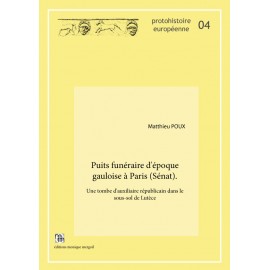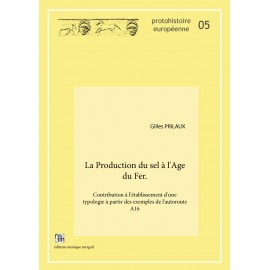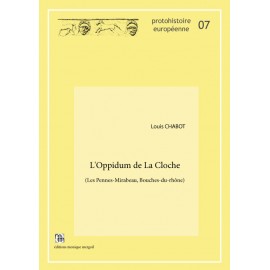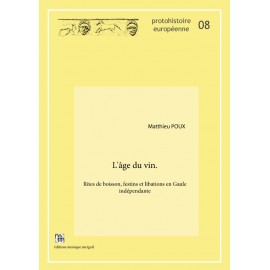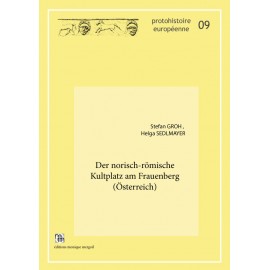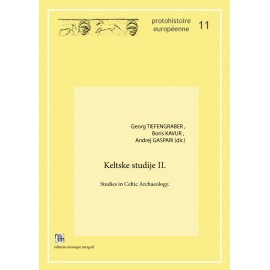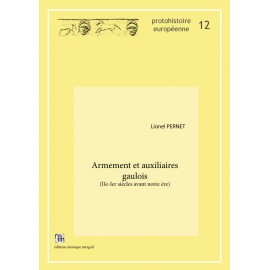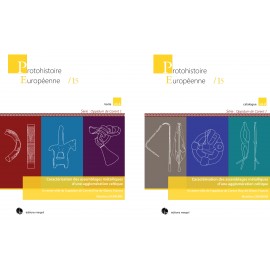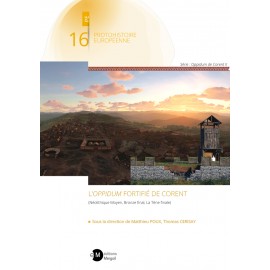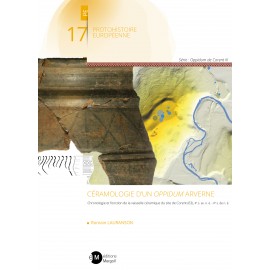No products
Prices are tax included
Product successfully added to your shopping cart
There are 0 items in your cart. There is 1 item in your cart.
Protohistoire européenne
- Archéologie et Histoire Romaine
- Archéologie Moderne et Contemporaine
- Archéologie des Plantes et des Animaux
- Archéologie du Paysage
- Archives & Histoire de l'Archéologie
- Europe Médiévale
- Monographies Instrumentum
- Préhistoires
- Protohistoire européenne
- Research Protocols
- Off collections
- Les cahiers de saint-michel de Cuxa
- Second-hand
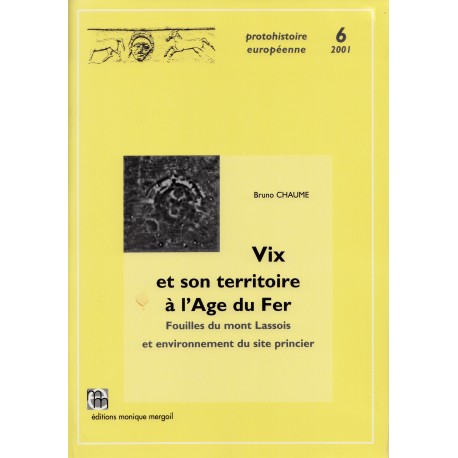 View larger
View larger Vix et son territoire à l'Age du Fer.
PE-06
New
Bruno CHAUME - Vix et son territoire à l'Age du Fer. Fouilles du mont Lassois et environnement du site princier,(Préf. de Cl. Rolley), 2001, 654 p., 238 ill., 155 pl. (ISBN : 2-907303-47-3)
More info
The Mont Lassois in its regional context. A site of princely status and the organization of its territory. This work is given over to the aristocratic complex of Vix/le Mont Lassois and to the area it controlled. The study of this high ranking site has been conducted by using different levels of observation to extend the spatial and chronological framework for the site and its close environment, for the region and in fine for the whole of the occidental area of the Hallstatt culture. This monography is a critical presentation of the minutes of early excavations of the settlement and the burial grounds situated in the area, but also a complete study of the finds unearthed since the 1930s. The site has been occupied from the end of the Bronze Age to the early Iron Age (Hallstatt D2-D3) with a caesura during the Hallstatt C period. After an interruption at the beginning of the La T?ne period, the occupation resumes at the Middle La T?ne period with the installation, on the high plateau, of an oppidum protected by a murus gallicus. To identify the territory controlled by the Vix « princely residence », we firstly need to synthesize the chronological and spatial data of the funerary assemblages of the Ch?tillonnais plateau. The main aim of this thesis is to place the Vix/le mont Lassois complex in the cultural and interval at the end of the early Iron Age, which is marked by the phenomenon of « princely residences ». An addition to the list of reviewed criteria used to define these residences, is linked to the spatial definition of these kingdoms. The territories represent the ultimate hierarchical rank in a model based on the « central place » organization, defined by 3 concentric territorial spheres around the « princely residence ». The emergence of these high ranking residences can be explained by the impact of mediterranean cultures on the vernacular societies, hypothesis which is reinforced by the conclusions of this study.



